
For young people trying to break into arts, media or advertising there are often insurmountable barriers. The lack of opportunities and the cost of camera equipment has left many unable to afford the essentials required to develop their skills and follow a career as a photographer. This is no doubt one of the reasons we see so many issues with LGBTQ+ representation in media and advertising. Getty Images VisualGPS research highlights that when images of queer people are used in media and advertising, they often rely on outdated stereotypes of LGBTQ+ people. For example, 30 percent of images used show gay men as flamboyant and 29 percent show images of lesbians looking more masculine. What’s clear is that the photographs we often see depicting queer people don’t accurately represent the intersections and diverse spectrum of LGBTQ+ identities.
That’s why, SKITTLES® is committed to helping millions of people to See The Rainbow by improving LGBTQ+ representation through photography. Towards the end of last year, GAY TIMES, SKITTLES®, Getty Images and Queer Britain launched a competition to search for queer photographers documenting the vibrancy and dynamism of the LGBTQ+ community. The campaign set out to provide a platform for the LGBTQ+ community to share their stories and experiences through the medium of photography, allowing for a more nuanced and diverse representation of the community in media and advertising.
After receiving a significant number of entries from talented photographers across the UK, five winners and five runners up have been announced. The winners and runners-up of the bursary represent a diverse range of perspectives, experiences, and styles, showcasing the breadth and depth of LGBTQ+ creativity in the UK. From intimate portraits to bold and colourful compositions, each photographer brings their unique vision and voice to the forefront, challenging stereotypes and celebrating the richness and diversity of the community.
Each has received a grant to cover costs of a project that amplifies Queer Joy, the opportunity for mentoring from Getty Images photographers as well as opportunities to work with and be platformed by GAY TIMES. Winners also receive camera kit loaned from Fujifilm, with a mix of cutting edge equipment available to create the perfect image. GAY TIMES, SKITTLES®, Getty Images and Queer Britain hope that this is a step towards igniting the development of future queer talent, whilst authentically and purposefully filling in the archives of tomorrow.
Meet the winners and runners-up below as we ask them questions around their creative style and approach, showcasing their work and exploring the stories and experiences that inspired their photography.
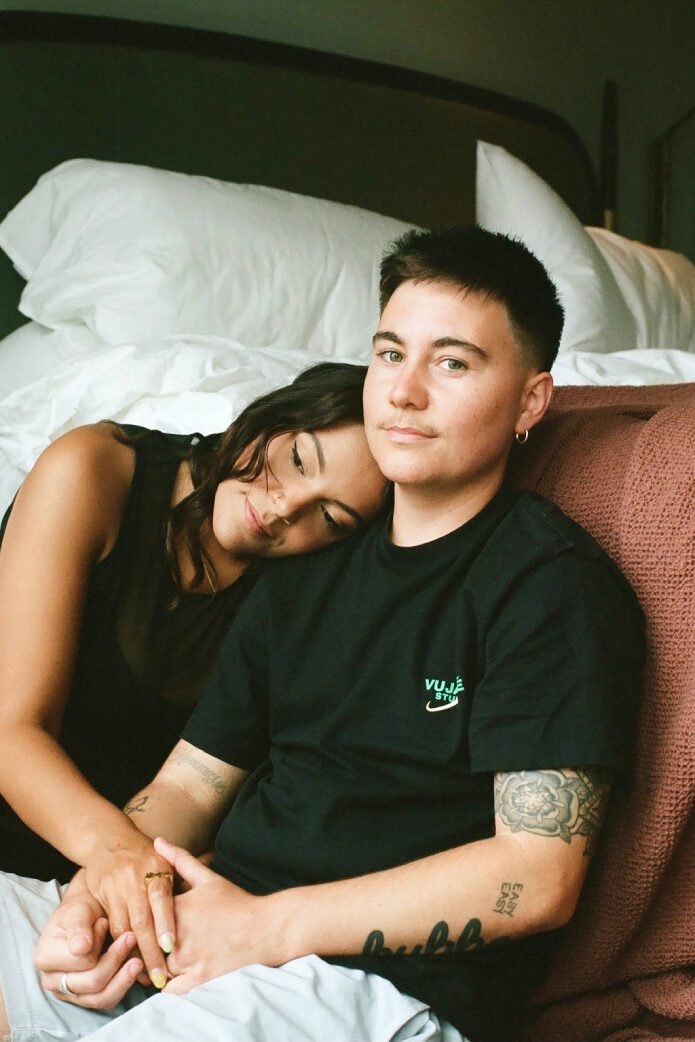

LYDIA ROBINSON (She/Her) Instagram: @lydsthatpicstook
Why is photography important in the fight for LGBTQ+ inclusion internationally?
Photography is the medium that ultimately drives everything – it is everywhere you look, it connects us to people, places, history… By showcasing LGBTQ+ people existing, loving, being free to express themselves, it is a way of saying, we are here, always have been, and always will be. We still have a long way to go in terms of equality and representation, so it is imperative we continue to support and uplift the LGBTQ+ community.
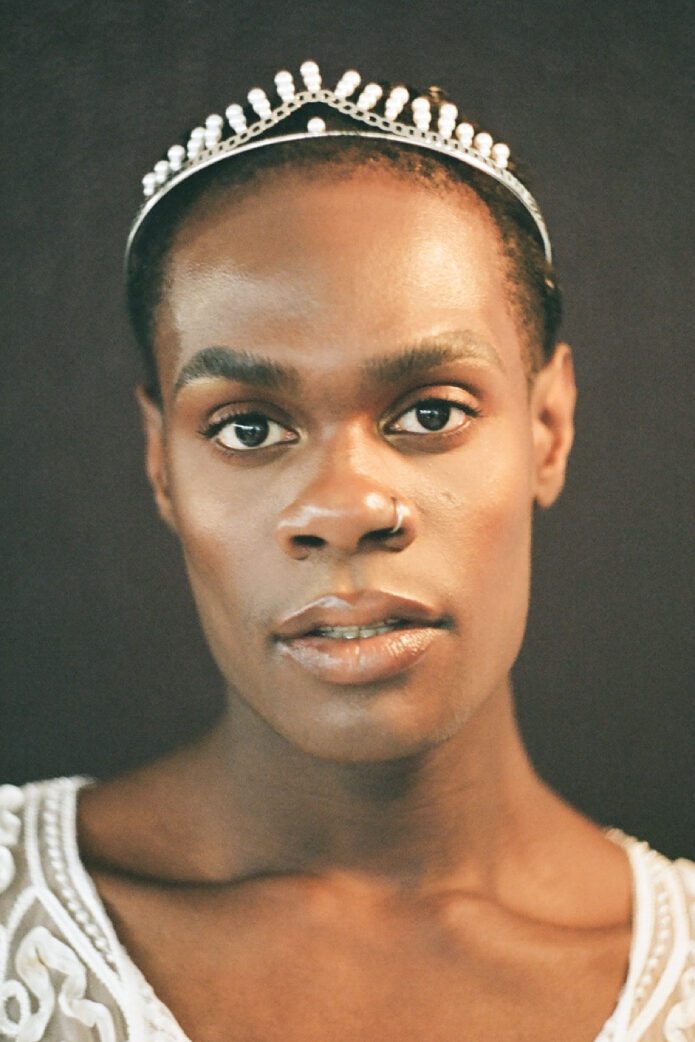

FELIX PILGRIM (he/him) Instagram: @felixpilgrimphotos
What images do you want to capture to document the LGBTQ+ experience in 2023?
I’m hoping to create a series documenting LGBTQ+ people living in the UK countryside, an area often neglected when it comes to LGBTQ+ representation in the media. By photographing people of different ages and backgrounds, my hope is that younger LGBTQ+ people living in the countryside might feel less alone. I want to challenge the idea that it’s essential to relocate to a major city just to be yourself. At the same time, I would like to change the perspectives of those living in the city and show that rural areas can be just as accepting of people’s differences. Essentially, I want to show there are plenty of people who might not conform to urbanised/mainstream ideas of queerness, and that that’s okay. It’s important in 2023 to be reminded that everyone is different and that LGBTQ+ identity can take many forms.
(Left) Model Credit: @thisislamont
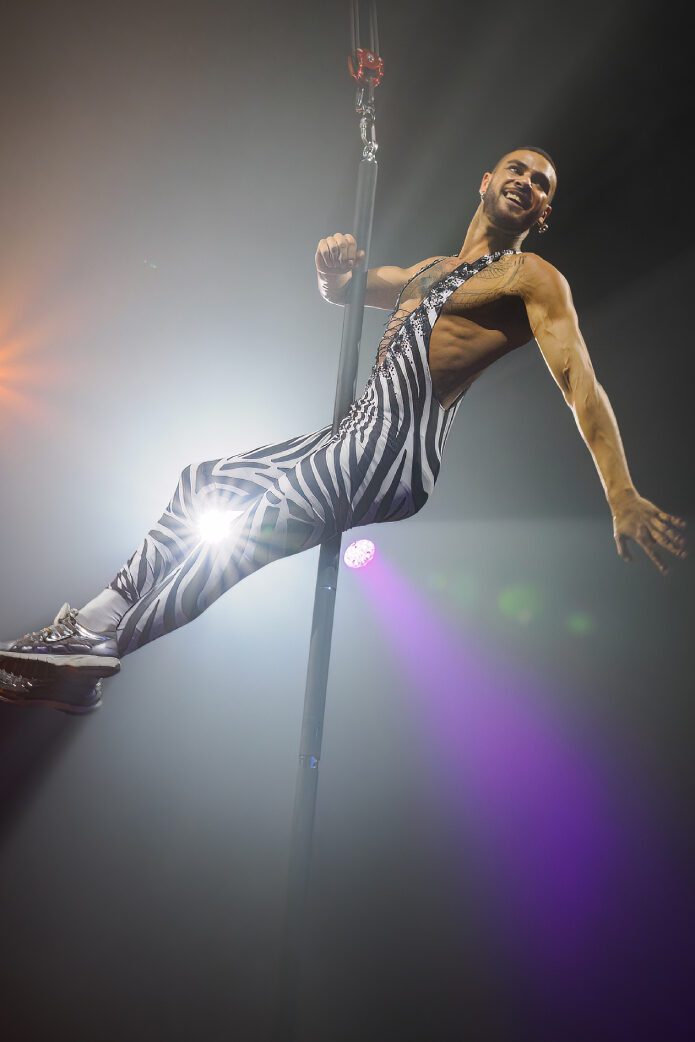

JAMES KLUG (he/she/they) Instagram: @jdwmk
Tell us a little bit about your creative inspirations?
My greatest creative inspiration stems from my identity as a neurodiverse person. I am autistic, with ADHD and anxiety. A few years ago I was struggling so much with my anxiety and intrusive negative thoughts that I was unable to get out and do much. It was during this time that I discovered that by having a camera on I could use it to focus my thinking through the lens and this prevented me from getting overwhelmed. From this point I was able to go to things I love like gigs, drag shows and so on and actually enjoy them. The appreciation for my photography and support I’ve received from the London drag scene in particular has helped me build up my confidence and make me enjoy photography even more and driven me to be a more creative and accomplished photographer!
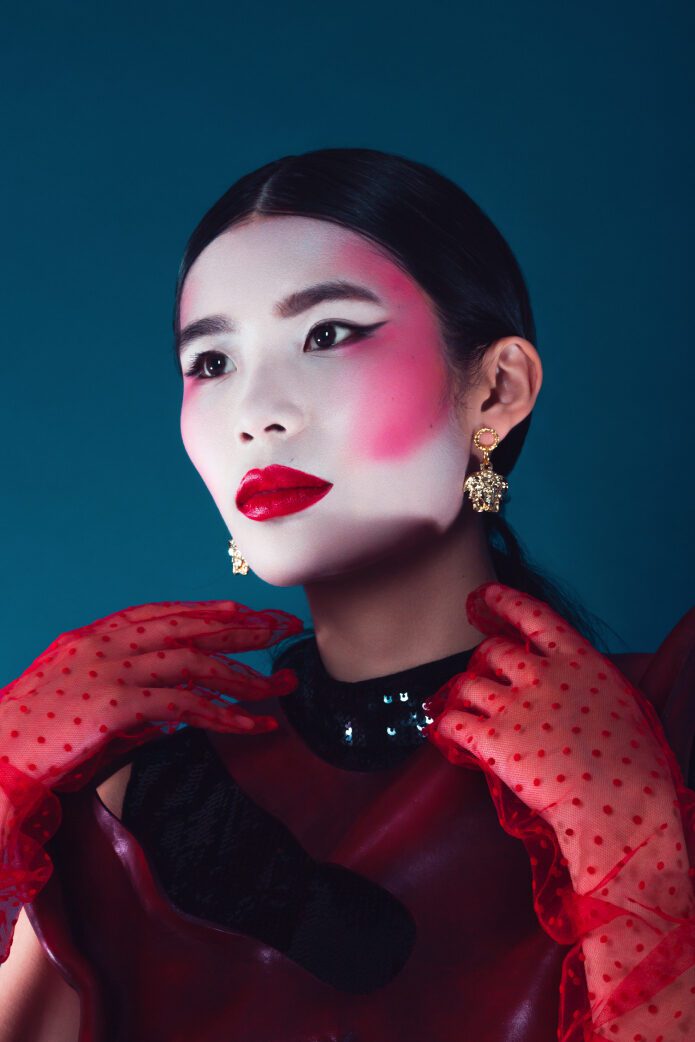

DANIEL HOUSLEY (he/him) Instagram: @danielhousley
What images do you want to capture to document LGBTQ+ experience in 2023?
I’m very excited to start working on my project for the grant which will focus on drag. Not only the drag personas but the artists themselves, and how drag enables them to shape and cement their queer identity. Drag is a form of radical self-expression, it’s an art. I want people to see my project and understand how multi-faceted drag is and that it is so much more than just dressing up. A lot of older queer photography was focused on white people as a lot of the photographers were white themselves. Because of this, I would like to bring attention to more queer voices of colour. As a mixed-race queer individual, my experience of queer identity has been vastly different to many of my peers. In many Asian countries, tradition is intrinsically linked to culture, making it a big stigma to not be straight and gender-conforming. Those of us who do not fit this ideal are often seen as inadequate and as a disappointment. Moreover, Asian queer identities in Western media have often been tied to passivity and submissiveness, further encouraging this sense of shame. By capturing Asian drag performers, I hope to reinforce a sense of pride in vibrant and bold queer Asian identity and disparage these outdated stereotypes.
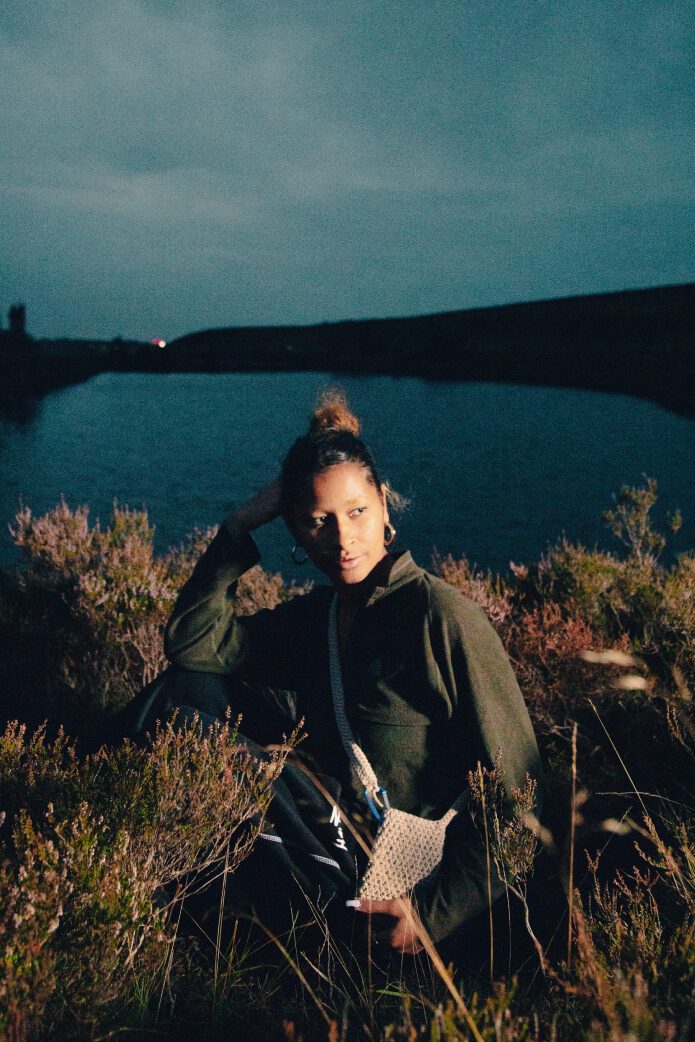

FLORENCE LAW (they/them) Instagram: @florence_law
Do you admire any queer photographers or content creators? If so, who?
Yes definitely. A lot of support can be found through social media and I admire people that put out information and speak about their own experiences so openly. Someone who I met recently on an editorial for The Basement is Sam Moir-Smith. He is a trans activist, speaker and model who directed my first trans-led project. He is such a supportive person to me and my work and I am so glad to have worked with him.
Sam is doing some really important research that looks at inequalities and injustices that the trans community face, particularly in healthcare settings. He often explores how trans people live within ‘systems’ (be that legal, bureaucratic, social etc) that make life more difficult than for hetero/cisnormative people (due to discrimination, blocked access to services etc). Sam also actively raises awareness through social media and interviews, on the realities of trans experiences, sharing history, culture, politics and personal accounts to educate others openly and constructively.
I have also followed TJ Lucas-Box for years on Instagram. He is someone who is really inspiring in terms of openness about his transition and experiences. I respect and appreciate when people can be so honest and open, as it inspires others to do the same and further builds a larger community of support. I have seen first-hand on TJ’s Instagram, the feeling of community and a safe space for others to recognise they are not alone in their experiences. I also admire Jesse Glazzard, who I had the pleasure of shadowing back in 2022. He was honest and open and is someone who has inspired me to work on more personal projects, showing more of myself in my images. Within his beautiful and inspiring work, there is a real feeling of openness from his subjects, Jesse is someone who I will always go back to for inspiration.


JOEL RODRIGUEZ (He/Him) Instagram: @jolro
What would your dream shoot involve?
I’ve always been very passionate about creativity and documentary. My dream shoot would involve the narrative of how the LGBTQIA+ community is represented in South American countries, especially in Venezuela, doing portraits of different people and how they are perceived in society. Saying that, I would also love to shoot with some iconic singers as one of my big passions is music. Icons such as Lady Gaga, Amy Lee, Sam Smith and working with them by creating an open and true connection through the lens and talk about issues we all are experiencing as human beings.


MX NEFFY (They/Them) Instagram: @tq.archive
What images do you want to capture to document LGBTQ+ experience in 2023?
I will continue documenting trans and non-binary individuals within Birmingham and other regional areas of the UK, with a specific focus on the Black and POC trans experience. I am committed to capturing our daily lives to normalise our existence and to counter the hostile conditions we face as a community.


DENIS ROBINSON (he/they) Instagram: @denis_shoots
Tell us a little about your creative inspirations?
I have always worked in a creative industry but photography is quite recent. In my hairdressing career I always looked to those who had that little bit of something different, they didn’t think outside the box. For them there just wasn’t a box.
People who look between the lines of the expected to create are what inspires me. I adopted a photographic mentor pretty early on. I was introduced to her via a friend who admired her work. Like me, she came from a completely different but also creative background and picked up a camera and fell in love – her name is Zoë Noble. One of the huge benefits of adopting a mentor who has come through the creative journey in a similar way is she understands the frustrations of the creative process. But she is also a hugely generous educator. Some creatives can be quite selfish, and this is because they feel threatened by those wanting to climb the ladder.
I mainly shoot portraits and I work very collaboratively when doing so. In my former career as a hairdresser it was all about making a person look good but also feel good, and sometimes it is making them laugh or being an ear for their woes. I approach portraiture in exactly the same manner.
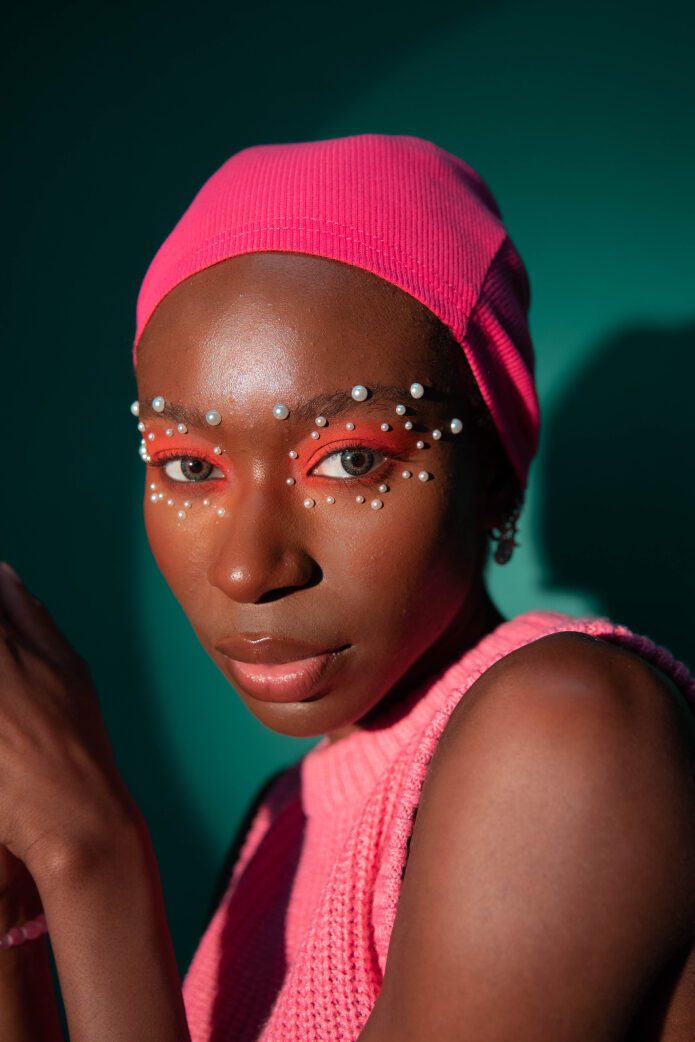

ANA PINTO (She/Her/They/Them) Instagram: @anampinto
Tell us a little bit about your creative inspirations?
My artistic inspirations are rooted in serving and representing my communities. I feel like photography, just like any visual medium, allows people to see themselves represented, so my ultimate goal is to have a body of work that reflects the intersectionalities of being a woman, being gender-fluid, being an immigrant, being Black, being queer and all in between. Work that will be produced by someone on equal footing who deeply understands or at least sympathises with the subjects. My creativity is fuelled by the remarkable strength and resilience of those around me, such as my family, friends and members of groups I volunteer with. You always learn so much when you choose to give some of your time to helping causes you truly believe in. I hope that my photography can represent and accurately portray their livelihoods and stories.

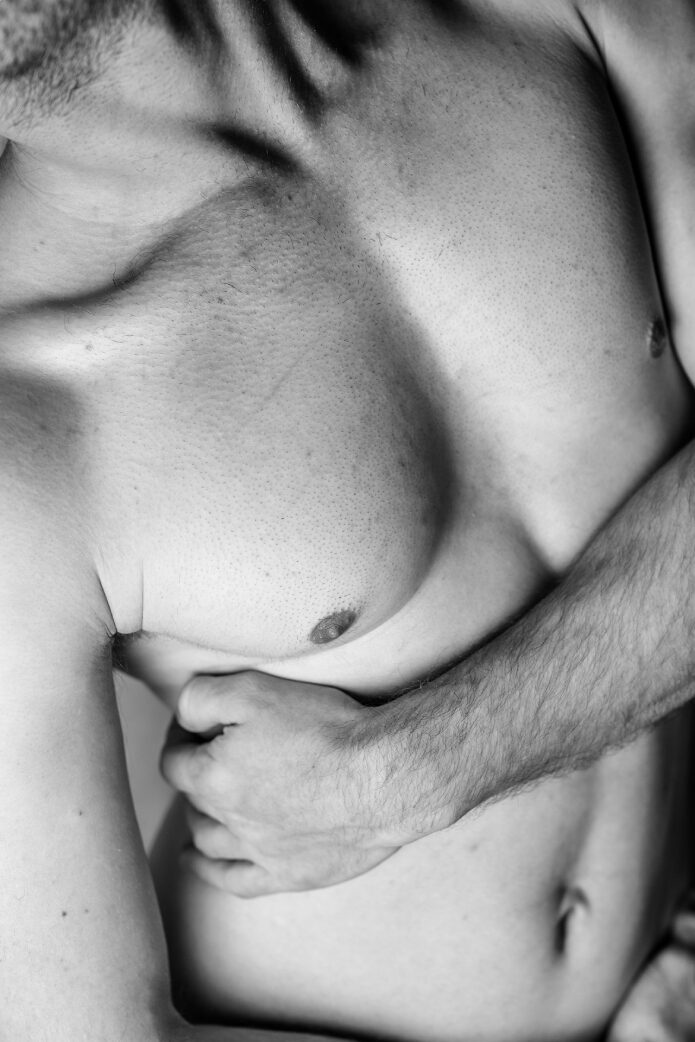
JOHN POST (He/Him) Instagram: @postj84
What images do you want to capture to document the LGBTQ+ experience in 2023?
The research I am working on as part of my practice-based PhD at Ulster University revolves around how photography intersects with homosexuality. With this theme in mind, I am working on several projects that look at how the materiality of the photographic medium has changed the way in which contemporary homosexuality operates in comparison to the past, such as Grindr replacing cruising, or how the boundaries between the private and the public photograph are becoming less defined through social media. Another body of work I plan to develop in 2023 is a portrait-based study on how gay men feel in the spaces that they inhabit. Gay men may live in a freer society today than in the recent past, but it is a world still firmly rooted in heteronormative traditions. My new work seeks to explore the sense of detachment many gay men feel towards the physical spaces they inhabit.
Through this campaign, we hope to celebrate the beauty and power of LGBTQ+ creativity and encourage greater representation and inclusivity in media and advertising. We’re helping millions to see the rainbow. Stay tuned for more stills featured within the campaign.
Find out more about the campaign here.
